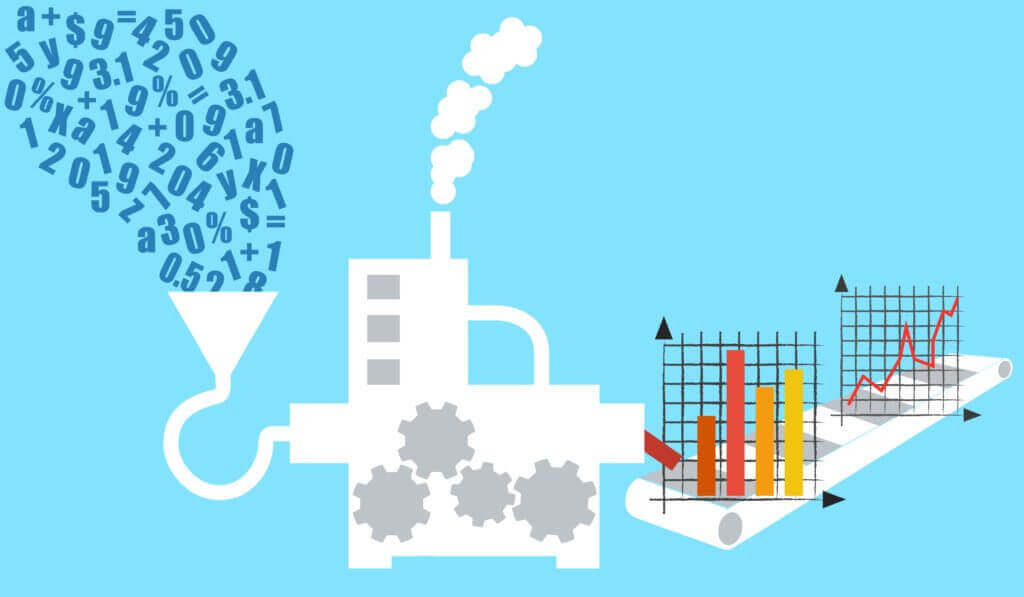
Big data has been a starting player on the strategic revenue roster for years. In fact, years before big data exploded into something like a phenomenon, hotels were increasingly incorporating industry data into their revenue technologies and strategies. The opportunities afforded through the effective use of big data have grown to such an extent that today’s flourishing hotels must increasingly leverage larger amounts of available data to seize their most lucrative revenue opportunities.
But while big data might be heralded as the core of intelligent decision-making, using it effectively can prove to be daunting task for many hotels – especially for those looking to use industry data to develop new revenue management strategies, such as an increasingly essential need for hotels to strengthen their channel performance capabilities. Channel performance refers to the management of channels or sources of business to achieve optimal revenue and maximum profitability for a hotel. However, when it comes to using industry data and revenue technology for sustainable channel execution, management and results, hotels need to not only prioritize the right types of data, but use it effectively to track and manage their costs and thoroughly understand their guests.
Prioritizing the Right Data
As hotels explore different types of data for their revenue management strategy, they need to take into account the degree of uncertainty the data brings since a high degree of uncertainty can create a risk for substandard revenue decisions and strategies. This is why identifying the right types of smart data is a critical first step for every hotel.
At the highest level, analytical revenue management technology is traditionally comprised from a combination of four data set types, with each set contributing to very distinctive outputs. To better understand the importance of each data set type – and how each one helps drive revenue results for hotels – the following is a brief breakdown of the four types of data sets: descriptive data, diagnostic data, predictive data and prescriptive data.
Hotels have been using descriptive data in their basic hotel technology to achieve their business goals for many decades. Descriptive analytics utilize data similar to standard hotel reporting, and large volumes of this data are used to give hotels a view of what happened in the past. These descriptive analytics allow hoteliers to make informed decisions about the future based on data that details what has already happened. Descriptive data falls into a category classified as “hindsight,” which is data that provides hotels with the ability to interpret their historical performance.




